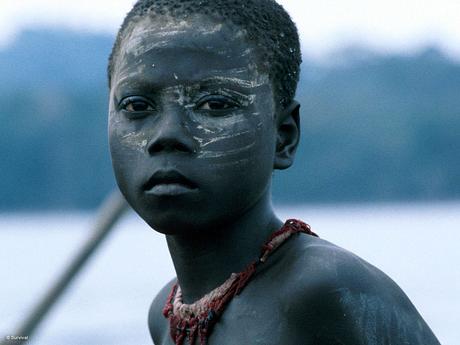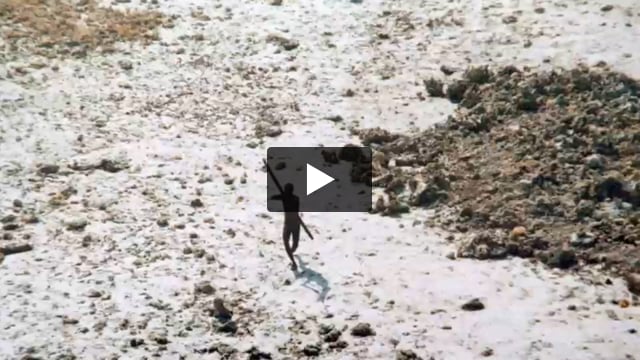Andaman tribes who survived tsunami may be wiped out
December 22, 2005
The remote tribes of the Andaman Islands, famous for shooting arrows at a patrolling helicopter following last year's December 26 tsunami, are in danger of being wiped out completely by settlers invading their land.
The tribes survived the tsunami intact despite its heavy impact on their islands. Members of one tribe said that on seeing the sea recede, they knew to run to higher ground.
The Sentinelese tribe, photographed shooting at the helicopter, resist all contact with outsiders approaching their tiny island. But the forest reserve of the 270-strong Jarawa tribe is being overrun by settlers from the Indian mainland, stealing the animals they hunt, plying them with alcohol and tobacco and sexually abusing Jarawa women. Local police are often complicit in this abuse.
One Jarawa man told journalists after the tsunami, My world is in the forest. Your world is outside. We don't like people from outside.'
Indian activists and tribal rights organisation Survival International fear that the Jarawa may very soon be wiped out unless their land is protected. The islands administration has ignored an Indian supreme court order to close the road cutting through the Jarawas' land, and no effort has been made to curb abuse by police.
Survival's director Stephen Corry said today, It is a tragic irony that these unique tribes, whose sophisticated knowledge of their environment has allowed them to survive on the Andamans for 60,000 years, are under threat from their fellow man. The Indian government must act to protect them before it is too late.'
For background on the Jarawa tribe click here
For back ground on the Sentinelese, Onge and Great Andamanese tribes click here
For more information call Miriam Ross on (+44) (0)7722 527 940
NOTES TO EDITORS:
In addition to the Jarawa and the Sentinelese, the Onge and the Great Andamanese tribes also live on the Andaman Islands. All four tribes are Negrito' hunter-gatherers, thought to have arrived on the islands from Africa up to 60,000 years ago.
The Onge's coastal settlements on Little Andaman were badly hit by the tsunami, and the Onge set up camp in the forest. Their settlements are being rebuilt with their participation in a form more appropriate to their way of life than the previous government-provided houses.
The Great Andamanese, whose number has fallen to only forty, were evacuated from Strait Island after the tsunami, but have since returned.
The nearby Nicobar Islands, which were also badly hit by the tsunami, are home to two Mongoloid' tribes, the Shompen and the Nicobarese.
The relatively isolated Shompen live on Great Nicobar Island, and their population at the last census was 398. Nine Shompen are known to have died in the tsunami. The Shompen are hunter-gatherers and live mainly in the forested interior of the island.
According to official figures, a total of 3,513 people on the Andaman and Nicobar Islands lost their lives in the tsunami. Real numbers are likely to be much higher, and most who died were from the Nicobarese tribe. Unlike the other tribes, the 30,000 Nicobarese are largely horticulturalists. They live mainly on coast of the islands. Most have converted to Christianity, and are much more assimilated than the other Andaman and Nicobar tribes, but still maintain their own distinct culture.



